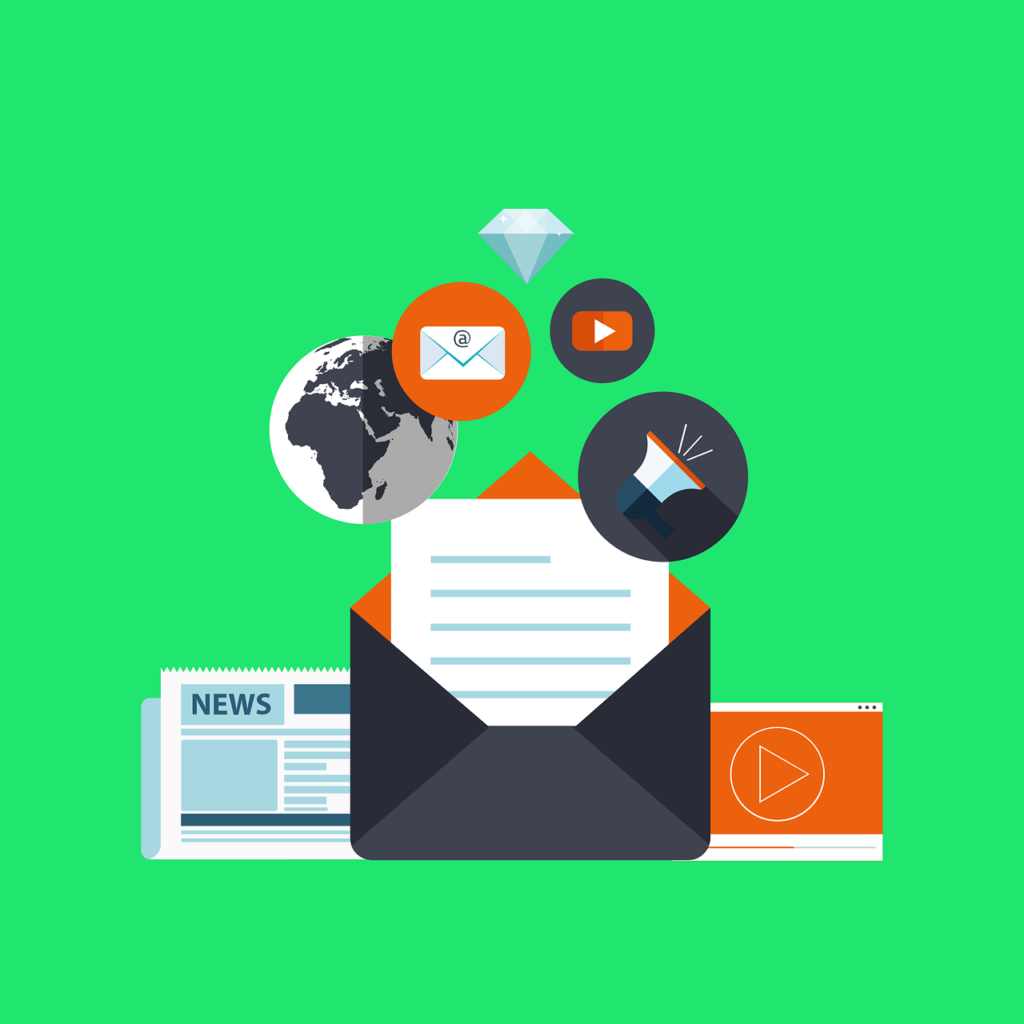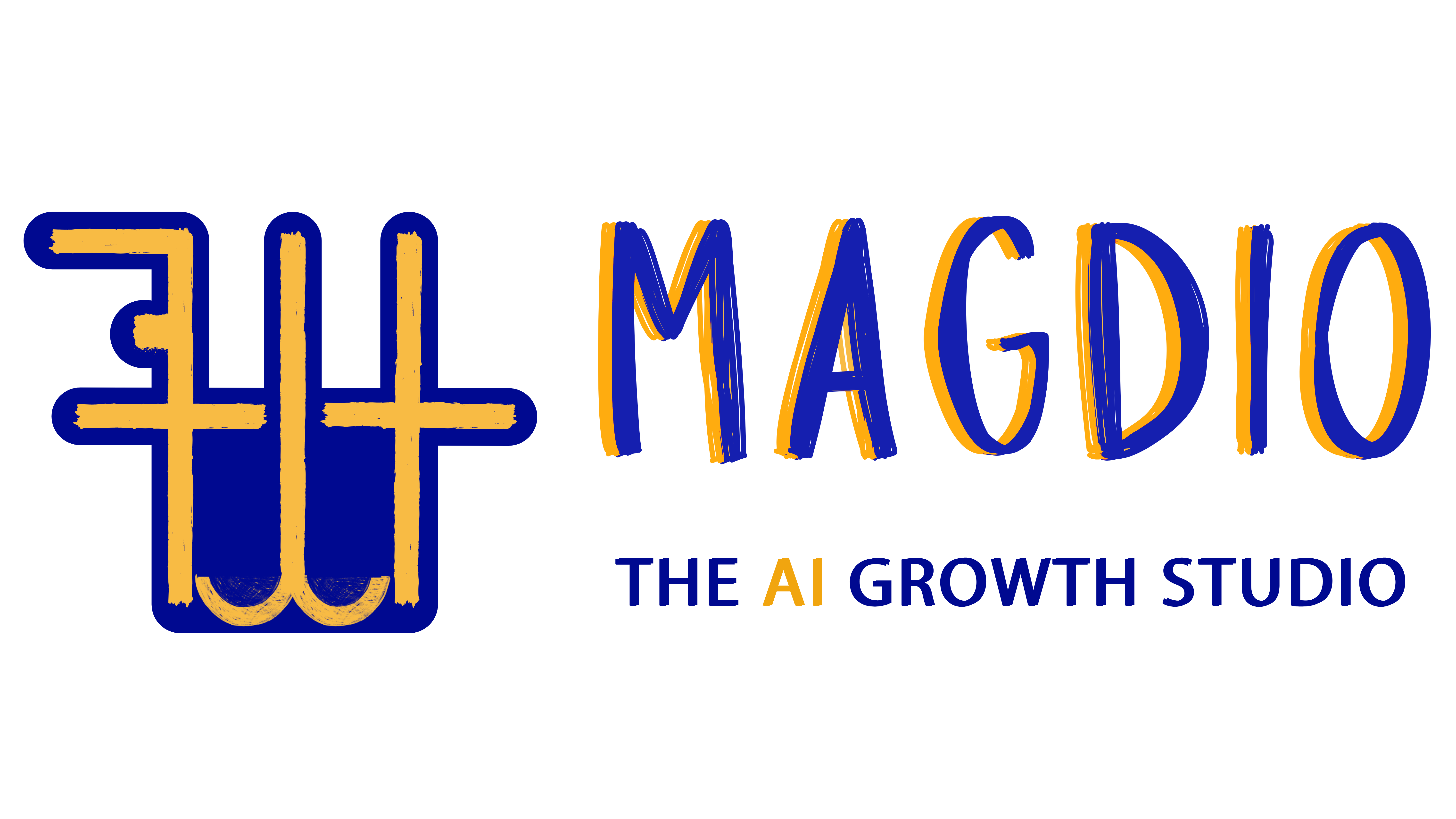Have you ever wondered why some brands create engaging content that people love to read? The secret is simple—they use email newsletters as a powerful tool to test and refine their content.
Email newsletters are no longer just a way to send promotions. When done right, they help businesses build trust, grow their audience, and even rank better on Google. That’s because newsletters support Google’s E-E-A-T guidelines (Experience, Expertise, Authority, Trustworthiness), which play a big role in SEO success.

Why Most Businesses Struggle with Email Newsletters
Many businesses don’t take full advantage of their newsletters. They miss out on key opportunities such as:
Not Testing Content: How do you know if your audience cares about your message?
Not Establishing Authority: You need to show expertise, not just promote products.
Ignoring Feedback: Clicks, replies, and surveys tell you what works and what doesn’t.
How to Turn Your Newsletter Into a Thought Leadership Tool
Instead of using newsletters for sales pitches, smart businesses are now using them to:
Test New Ideas: Share your thoughts before publishing them on your website or social media.
Gather Audience Insights: Every click and response helps you understand your readers better.
Build Trust Over Time: People trust brands that share helpful, expert-driven content.
Why Newsletters Are More Effective Than Social Media
While social media can be unpredictable due to changing algorithms, email newsletters offer:
Direct Access to Your Audience: No algorithm decides who sees your content.
Higher Engagement Rates: Email subscribers have already shown interest in your brand.
Full Ownership of Your List: Unlike social media, your email list is yours forever.
How to Optimize Your Newsletters for SEO and Engagement
If you’re using RankMath, follow these simple steps to get the best SEO score for your newsletter content:
Use Keywords Naturally: Add phrases your audience searches for, such as “email marketing strategy,” “thought leadership,” and “boost engagement.”
Write in Simple Words: Avoid jargon—write as if you’re talking to a friend.
Use Short Paragraphs and Bullet Points: This makes your content easy to read.
Include Clear Calls to Action (CTAs): Ask your readers to reply, click, or share.
Add Internal and External Links: Link to your website and other credible sources.
How to Use Newsletters to Build Authority and Trust
When you consistently provide valuable insights, your audience sees you as a trusted expert. Here’s how newsletters help:
Regular Engagement: Keeping in touch with your subscribers ensures they remember your brand.
Demonstrating Expertise: Well-researched content positions you as an industry leader.
Encouraging Interaction: Inviting responses and discussions strengthens relationships with your audience.
Real-Time Testing with Email Newsletters
Email newsletters provide a unique opportunity to test content in real-time. Instead of publishing content blindly, you can gauge how well your ideas resonate before rolling them out to a larger audience. Here’s how:
A/B Testing Subject Lines: Try different subject lines and see which one gets higher open rates.
Testing Content Formats: Use different styles—short emails, long-form insights, Q&A formats—and measure engagement.
Surveying Subscribers: Ask readers for feedback directly through email surveys.
Monitoring Click-Through Rates: Track which links get the most clicks to identify content that interests your audience.

Case Study: How a Finance Brand Transformed Their Email Strategy
One financial services company struggled with low engagement and poor email ROI. After applying a thought leadership strategy, they saw:
99.42% Open Rates with personalized content.
Higher Click-Through Rates, thanks to targeted messaging.
More Website Traffic and Leads, leading to increased revenue.
The Competitive Edge of Newsletters Over Paid Ads
Many businesses invest heavily in paid ads, but newsletters offer several advantages:
Cost-Effective Marketing: Unlike paid ads, emails don’t require continuous investment.
Higher Engagement: Subscribers are more likely to interact with your brand.
Better Targeting: Since your audience opted in, they are already interested in your content.
Longevity: A well-crafted email remains in an inbox, while social media posts disappear quickly.
Best Practices for a High-Performing Newsletter
To get the most out of your email marketing, follow these best practices:
Use a Captivating Subject Line: The first step to getting emails opened is writing an attention-grabbing subject.
Write a Clear and Engaging Opening: The introduction should immediately tell the reader why they should keep reading.
Add Visual Appeal: Use formatting techniques like bold text, bullet points, and images to make emails scannable.
Keep It Relevant and Valuable: Every email should provide useful content, whether it’s educational, entertaining, or thought-provoking.
Optimize for Mobile: Many people check emails on their phones, so ensure your newsletter is mobile-friendly.
End with a Strong Call to Action: Encourage your readers to reply, visit your website, or take another desired action.
How to Measure Newsletter Success
Tracking email performance is key to refining your strategy. Here are the most important metrics to monitor:
Open Rate: Measures how many people opened your email. A higher open rate means your subject line is effective.
Click-Through Rate (CTR): Tracks how many readers clicked on links within your email.
Unsubscribe Rate: This helps you understand if your content is relevant. A high unsubscribe rate means you need to adjust your approach.
Conversion Rate: Measures how many email readers take action, such as signing up for a webinar or purchasing a product.
Final Takeaway: Are You Making the Most of Your Newsletters?
If you’re only using newsletters to send promotions, you’re missing out on a massive opportunity. Instead, use them to test content, engage with your audience, and build your brand’s authority.
Start optimizing your email newsletters today and transform them into powerful tools for business growth.

